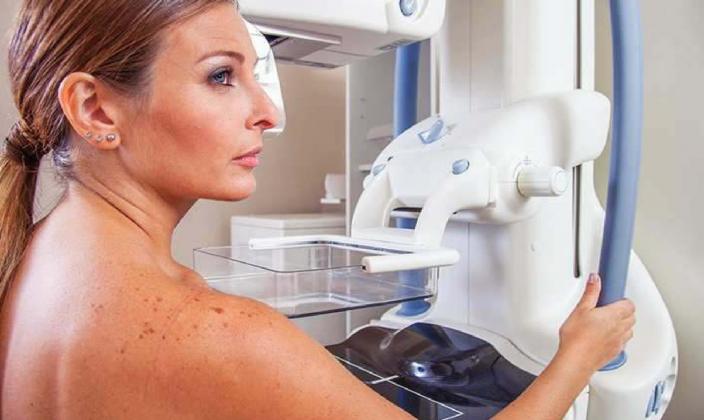Mammograms take images of breast tissue to determine the presence of abnormalities, including lumps. Women may undergo traditional, 2D mammograms, but increasingly many healthcare facilities are now employing 3D technology because it can provide clearer pictures.
A 3D mammogram, also called digital tomosynthesis, takes several different X-rays of the breasts and combines those images to establish a three-dimensional picture. The Mayo Clinic says that a 3D mammogram is typically used to search for breast cancer in people who may have no outward signs or symptoms. It also may be used to help diagnose the cause of a breast mass or nipple discharge. Doctors may suggest 3D imaging to get a better look at any growths or help identify the source of any symptoms a person may be concerned about.
Two-dimensional mammograms are still the industry standard. The 3D versions are obtained in a similar fashion by pressing the breasts between two imaging plates.
Rather than just taking images from the sides and top to bottom, the 3D version will take multiple angles to make a digi tal recreation of the breast.
Medical News Today says this enables doctors to look at small, individual sections of the breast tissue that may be as thin as just a single millimeter.
A study published in the journal JAMA Oncology says cancer detection rates are higher in people who do 3D imaging over time.
Three-dimensional mammograms can be useful for women with dense breast tissue or those at higher risk for breast cancer. Although experts at MD Anderson Cancer Center advise any woman who needs a mammogram to get the 3D version.
However, 3D mammography may not be covered by all insurance plans.
It’s important to note that a 3D mammogram releases the same amount of radiation as a traditional mammogram. It is of no greater risk to the patient, and it is approved by the Food and Drug Administration.
Also of note, because 3D mammograms produce more images, it may take a radiologist a little longer to read one than it would a 2D mammogram.
Three-dimensional mammograms are an option for women screening for breast cancer.

